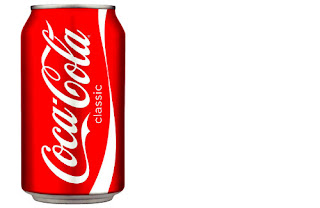

The first two images are vector graphic illustration made by Canadian illustrator Martin Bregman. I really like the style of his work. The composition of the images are simple and elegant. The color usage is few and not overwhelming. It has a great balance of the light and dark positive and negative spaces. I really like how he groups different objects together, making them having the unity with different variations. The subtle shapes of the objects are very calm and elegant. What i like the most is the simplicity style, it really brings out the meanings and expressions in a artistic way.
Visuals can be on different medium, it can be traditionally hand drawn, it can be graphic design, it can be motion graphics. I’m interested in doing the combination of all three. To me, visual communication isn’t just creating the images, but also sending message that makes impact, with full of emotions.
The second example is one of my favorite visual designs, one design that truly impacts and inspires me. This video is called the “girl effect” by made by Nike Foundation to help 50 million girls in poverty survive. The entire video is only 3 minutes long, but its wonderfully plotted and graphically illustrated beautifully to express the deep meaning with the most concise and simple graphics. I always wanted to create illustration visuals with the simple lines and concepts. The entire video used less than 3 main colors, with no photos or complicate images. Only a series of bold shapes and neutral Helvetica typeface. The background music is also a huge plus in addition to this wonderfully designed video. Comparing both illustrations and the video, I noticed a few of their similarities and differences. Their similarities is the use of simple intuitive vector graphic, the unity of simple geometric shapes and the wonderful balance of limited color use. The differences is the still image has more information on one surface compare to videos are showing informations in sequence. Both of them are really successful designs using the simplest aesthetic shapes to represent the big message that just words can’t describe.




























